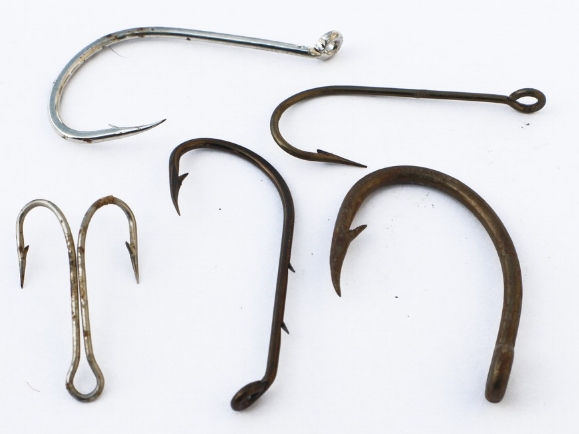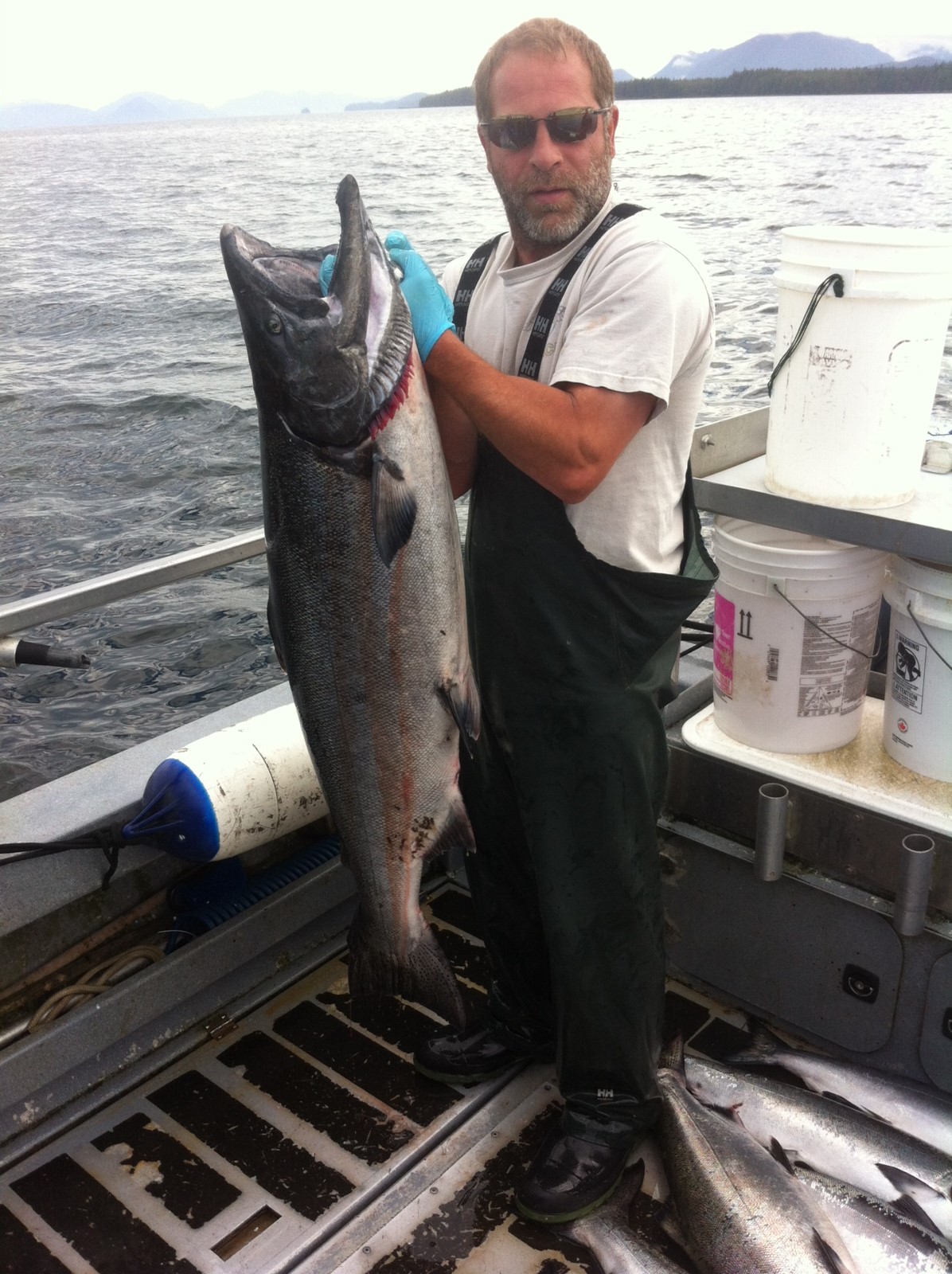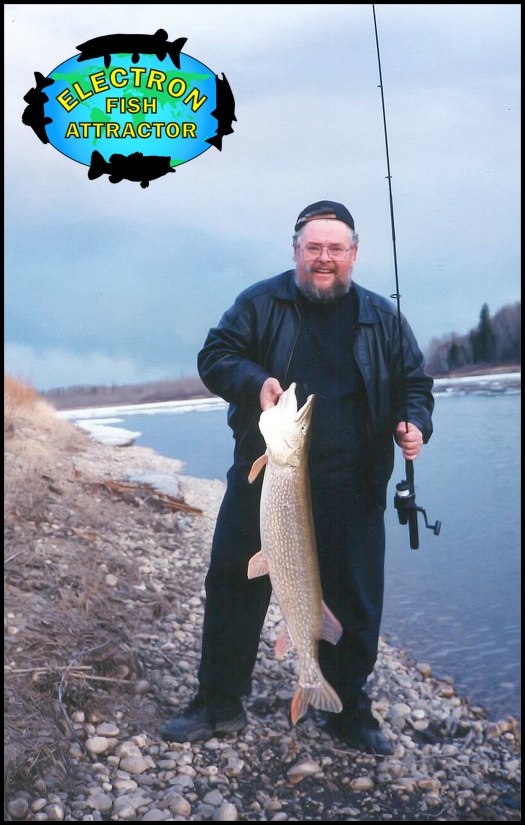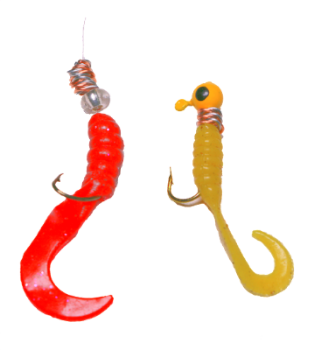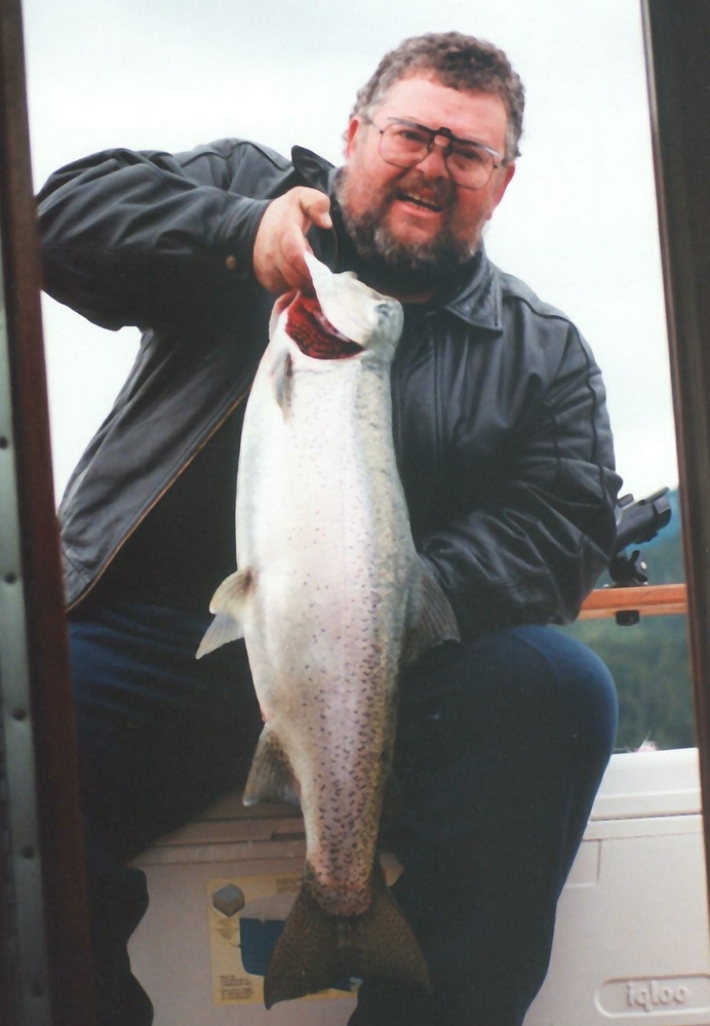We are in our 7th year in business and just when you think you have seen and heard it all a fourth time repeat customer Seth Millsaps from Oregon along with new technology takes it a step further.
Seth read our blog "Why we recommend using new hook, flies and jigs everyday” and being an engineer it all made sense to him. To further his curiosity he added a very sensitive Electric Field Detector app to his smart phone to test his tackle.
Just like the blog reported he found that half of his tackle projected an electric field when dry, certainly all used hooks, lures and terminal tackle were high. Taking this new technology to the Columbia River along with Electron Fish Attractors in pursuit of Chinook (King) Salmon he started catching Salmon regularly. It all came together for Seth and completely changed his perspective of what is really going on underwater and what the fish actually sense.
EMF DETECTOR smart phone app
BUYER BEWARE
When it came time to replace all his tackle he used his new app to find tackle off the store shelves that did not display an ion electric field.
The majority of the tackle offered for sale projected a low to high fish repelling ion field. He found suitable tackle but it wasn’t easy.
This was a reputable huge store chain that thousands of Anglers rely on for quality products. Why would they sell products that project a fish repelling electric field? The answer is they don’t know. Even worse they don’t know that they don’t know.
Most of the tackle today comes from overseas and is made of recycled ferrous and nonferrous metals that react with one another creating an ion electric field. These products come from the factory with this fish repelling field, they get stronger over time and when fished the ionized water of the lake or river energize the ions and the field gets progressively stronger. If you’re relying on this tackle to provide dinner you might want to order pizza.
The only places in the world this tackle will catch fish is the pure clear waters where the TDS “total dissolved solids” is less than 100 PPM. Here in these environments conductivity is poor, so fish rely on their sense of sight, smell and sound to feed not electroreception.
THE SCIENCE WORKS… just try it
Six easy steps to the best fishing of your life.
Read the blog Why we recommend using new hooks, flies and jigs everyday
Install an electric field detector app to your smart phone, choose the most sensitive one you can find. It might cost a couple bucks for the second most important tool in your fishing arsenal, it’s just a guessing game without it.
Don’t use or buy any tackle with an electric field.
Discard all tackle with an electric field as it will influence other tackle.
The most important tool in your tackle box is the fish attracting electron field of the appropriate Electron Fish Attractor.
Read our other blogs

